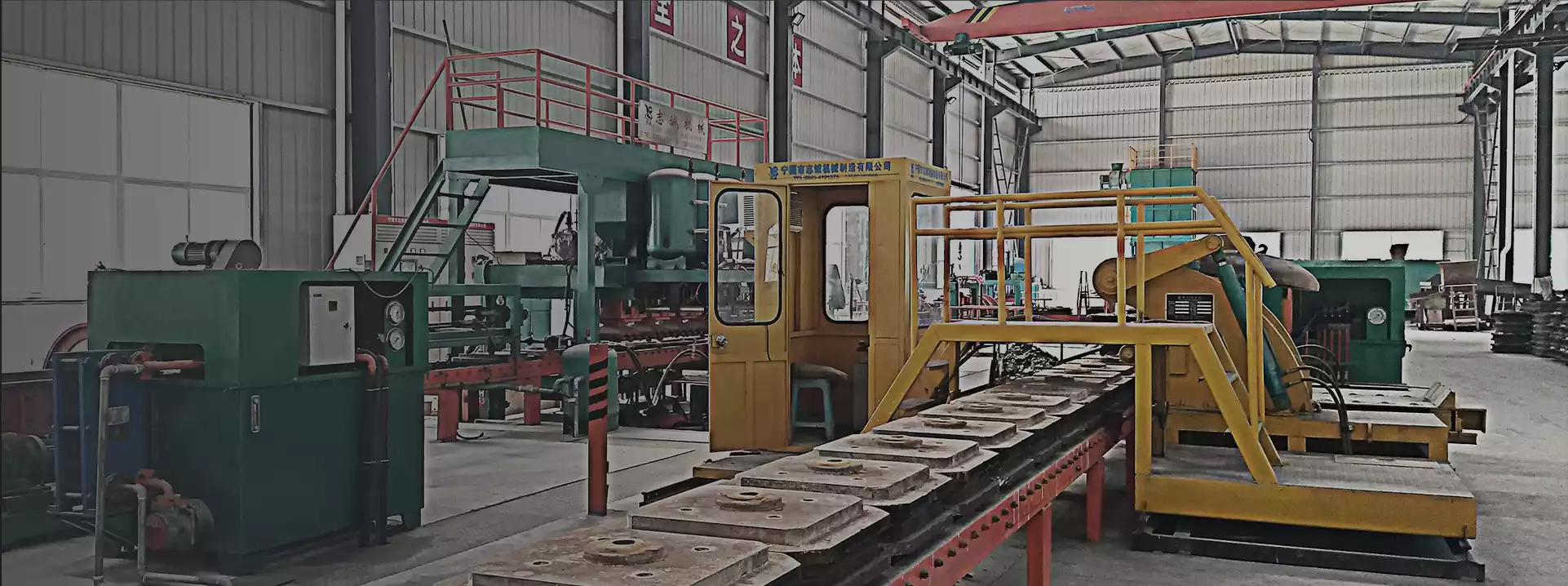Ласкаво просимо в захоплюючий світ кульового млину! Якщо ви коли-небудь задавалися питанням, як матеріали перетворюються на дрібний порошок шляхом подрібнення, ви знаходитесь у потрібному місці. Одним із ключових гравців у цьому процесі є шліфувальне середовище. У цій статті ми дослідимо, як різні типи мелющів можуть впливати на ефективність кульового млина, щоб вам було легше зрозуміти цей важливий аспект помелу.
Що таке шліфувальні середовища?
Розмелювальне середовище відноситься до матеріалів, які використовуються для подрібнення та подрібнення інших матеріалів у кульовому млині. Подумайте про це як про «робочу силу» всередині млина, яка допомагає досягти бажаного розміру частинок. Ось деякі поширені типи шліфувальних матеріалів:
Сталеві кульки: Вони найбільш широко використовуються і відомі своєю міцністю та довговічністю.
Керамічні кулі: Більш легка альтернатива, керамічний носій, чудово підходить для застосувань, де необхідно звести до мінімуму забруднення.
Скляні кулі: Часто використовуються в менш вимогливих додатках, скляні кулі можуть бути ефективними для конкретних завдань.
Полімерні кульки: Легкі та неабразивні, вони чудово підходять для особливих ситуацій.
Як шліфувальні середовища впливають на ефективність помелу?
Декілька факторів, пов’язаних із розмелювальним середовищем, відіграють вирішальну роль у тому, наскільки ефективно працює кульовий млин. Давайте розберемо їх:
1. Розмір має значення
Розмір мелющого тіла істотно впливає на ефективність:
Менші носії: збільшує площу поверхні, що може призвести до більш тонкого помелу. Однак, якщо вони занадто малі, вони можуть не ефективно передавати енергію.
Носії більшого розміру: краще для роздроблення більших часток, але може бути менш ефективним для досягнення дрібних розмірів.
2. Щільність є ключовим фактором
Щільність мелючого середовища впливає на передачу енергії під час помелу:
Носії високої щільності: вони генерують більше енергії удару, покращуючи процес подрібнення.
Носії з низькою щільністю: хоча вони можуть зменшити зношування, вони можуть не забезпечити такий самий рівень енергії для руйнування матеріалів.
3. Сумісність матеріалів
Вибір мелющого середовища, що відповідає матеріалу, що подрібнюється, є важливим. Наприклад, використання твердішого шліфувального середовища з м’якшими матеріалами може призвести до надмірного зносу або забруднення.
4. Коефіцієнт наповнення
Коефіцієнт заповнення вказує на те, скільки об’єму млина займає мелюще середовище. Оптимальний коефіцієнт наповнення забезпечує достатню взаємодію між середовищем і матеріалом, підвищуючи ефективність подрібнення.
5. Швидкість млина
Також відіграє роль швидкість, з якою обертається млин. Різні типи шліфувальних тіл по-різному реагують на різні швидкості, впливаючи на те, наскільки ефективно вони руйнують матеріали.
Як вибрати правильний шліфувальний матеріал
Вибір відповідного шліфувального середовища може здатися складним, але це важливо для досягнення максимальної ефективності. Ось кілька дружніх порад:
Розгляньте свій матеріал: Зіставте твердість і склад середовища з матеріалом, що подрібнюється.
Експериментуйте з розмірами: Якщо можливо, спробуйте різні розміри, щоб побачити, що найкраще підходить для вашого конкретного застосування.
Монітор продуктивності: Стежте за ефективністю процесу фрезерування та за потреби коригуйте вибір середовища.
Висновок
Розуміння впливу мелющого середовища на ефективність кульового млина має вирішальне значення для кожного, хто бере участь у процесах помелу. Вибравши правильний тип, розмір і щільність мелющого середовища, ви можете підвищити продуктивність кульового млина, що призведе до кращої якості продукції та зниження витрат.
Дякуємо, що приєдналися до нас у цій подорожі світом кульового млину! Сподіваємося, ця інформація була для вас корисною та легкою для розуміння. Щасливого фрезерування!

